Recovery tools, part 5
Pain/symptom reprocessing tools and an online community. Plus, the usual Antidote link roundup.
The Tonic is a lighthearted, heavily resourced newsletter for folks interested in learning about long COVID, ME/CFS, and other health conditions. Come for the info; stay for the whimsy. Or vice versa.
Heads up
Due to a weeklong endeavor soon that will involve a Herculean-spoonie (Herspoonean?) effort on my part, there will be one of the following on February 15th: a) a guest post, b) a repost from the archives, or c) no post at all. Whatever option it is, there will be no link curation, since that takes more work than I’ll be able to manage that week. I’ll be back in regular form either February 22nd or March 1st.
Wish list shout out!
Many of you adorable cats have chosen to support my efforts here via the Amazon wish list (and now Throne, for those who are loath to support Amazon) in lieu of paid subscriptions, which could affect my disability benefits. A big Tonic THANK YOU this week goes to Meghan L. Our arthritic old lady cat thanks you for the sweet gift of relief!
The Tonic is free to read - Amy is so happy you’re here! There is no paid subscription option here like with other Substack newsletters. However, if you are valuing the experience and are able, please consider a show of support by sending a gift of health, wellness, or joy from this Amazon wish list or this Throne wish list (for those who are loath to support Amazon). There’s something for every budget and any help is appreciated. Anyone who does gets a 📢 in an upcoming post (be sure to include a note with your gift). Thank you!
Ebbing and flowing
It’s been many months since I’ve written one of these recovery tools posts, mostly because the main tools I’m employing are still largely contained within existing posts in the series. Every now and then I happen upon something, give it a whirl, and it winds up helping in some way, and so here we are.
I am still making steady progress, but instead of it being a straight line that always goes upward, it is more like a wave ebbing and flowing in a vaguely upward direction over a very, very wide graph. I am no good with graphic design, but here’s a simple drawing.
When I take the time to really listen to my body - an inconsistent skill which has been hard for me to develop - I am better at recognizing the ‘ebbing’ of my recovery. It tends to look like getting to the late afternoon/early evening and realizing that my brain is operating sluggishly, and I am more fatigued than I’d like to be; that I’ve overdone it physically, cognitively, and/or emotionally throughout the day.
The ‘loudest’ symptom by far though is the peripheral neuropathy. When I am overdoing it, the skin on my arms (mostly), legs, neck, and face (sometimes) gets cold/tingly/buzzy. Often it feels like when you’re done washing your hands in the winter and on your way to the towel, cold water gets down your sleeves and your arms stay uncomfortably wet for a while. It’s not painful per se - it’s not even my worst symptom (fatigue takes that cake) - it’s just very noticeable. Rather, it’s working overtime to get my attention; it’s very persistent and the ‘volume’ of it gets louder and louder until I take steps to meet my immediate needs (usually rest, meditation, or going up to bed). This clip from Family Guy hilariously/annoyingly comes to mind:
And so I find that although some days I have a bit more energy and feel like I can accomplish more, my body is boss lady still, saying, “not so fast, missy.” In this way, the neuropathy is kind of a gift of sorts, a non-verbal signal that speaks volumes.
Our first two recovery tools in today’s post underscore this idea of symptoms as important messages (we’re getting there, I promise!). In the meantime, I am working on building in a bit more S P A C E and ease into my days. Just when I think I’ve cracked this thing called pacing, I realize I need a tune up. And that’s okay, because I’m operating from a position of self-compassion more and more, and managing my expectations of what recovery is and might be.
“You’re doing good, Amy. You’re doing fine. You’ve come a long way. If you get no further, you are still better than you were.”
The series
So here we are at part five of my recovery series, which focuses on a book and app that help address chronic pain and symptoms, as well as an online community for long haulers focused on recovery and positive strides. More on all of that shortly.
For those who are new here or who may have missed them, I will link to parts 1-4 of the recovery series below, as well as a special post on whether we can control our health. Additionally, I created a tab at the top of my Substack page (accessible via website only, not through the app) for all of these Recovery tools posts, so you can put your hands on them easily in the future.
Part one (particularly the intro) is important to read because it lays out all of the disclaimers and qualifiers that any person with Long COVID or ME/CFS should present before claiming to have anything resembling answers to these complex chronic illnesses. In fact, I do not claim to have the answers. I only share what has been helpful and why I think this has been the case for me so you can decide if it might make a difference for you too. Much of this is the result of me reading, watching, or listening to other people’s recovery journeys and culling tools from them, so I am merely paying this forward. To quote perhaps the most important part of the intro to part one:
If you’ve met one long hauler, you’ve met one long hauler.
Try what might speak to you, leave the rest. Maybe circle back. It’s your recovery journey and you have to do what feels right.
Pain/symptom reprocessing: a book and an app
Although I happened upon the Curable app before I read the book by its creator, I’m going to start with the book because it’s an excellent, easy read and gives you the foundations and perhaps motivation for trying the app.
The Way Out by Alan Gordon (and Alon Ziv) teaches us that pain, while felt in various parts of the body, is actually a signal controlled by the brain. For example, when you touch a hot stove, nerves in your finger(s) send rapid-fire messages up the length of the nerve and up the spinal cord to the brain, which then issues the “danger danger!” signals to the muscles in your arm, hand, and finger(s) that has you quickly pull away from the source of the heat.
Pain signals are critical for survival, for avoiding or mitigating the risks of dangerous, sometimes life-or-death situations. But what happens when pain becomes chronic? We modern humans have a tendency to go to various specialists to get all the scans/tests we can in an effort to find the “root cause” of the pain we are experiencing. Gordon’s premise (and others like John Sarno, Howard Schubiner, and modern-day students of theirs like Dan Buglio and Nicole Sachs) is that a large percentage of chronic pain is likely not due to underlying disease or to an injury that didn’t heal; it is due to a brain that got stuck in danger mode, sending misleading pain signals daily/weekly/monthly to get our attention.
I am of course way oversimplifying the teachings in this book, but that is the gist. Gordon argues that instead of either trying to ignore the pain or trying to throw every medical or alternative treatment at it, we need to learn to initially pay attention to it, but with more of a calm indifference. Over time and with practice, this helps our brain recognize that we are actually safe, that the initial danger or threat has been long gone, and gradually we can heal our pain by training our brain to turn off these faulty signals.
You may be thinking this sounds like a bunch of woo-woo/malarkey/bullshit, but Gordon’s Pain Reprocessing Therapy techniques were put to the test in the Boulder Back Pain study, where 98% of patients reported some improvement, 66% reported being pain free, and the changes to how the brain processed pain were measured in real time using functional MRI scans (fMRI). It’s pretty convincing. And I don’t know about you, but after five years of doctors throwing pills at me, I was ready to try something I can do on my own if it has a chance of working.
The book is a fascinating and very down to earth read. Gordon infuses patient stories throughout, but not with the usual unrealistic, miraculous results you see in other self-help books. He is also funny, and you know that’s something we appreciate here at The Tonic. I recommend picking it up even if you don’t have chronic pain as part of your long COVID, ME/CFS, or other health condition. Gordon does talk about how these techniques can also be effective for other symptoms which are a result of the brain sending danger signals (fatigue, dizziness, muscle twitching, tinnitus, nerve pain, etc.).
The Curable app is a companion to this book and although I found it most helpful to read the book and use the app, you could in theory just use the app if reading is not your thing or if it’s been made too difficult because of cognitive symptoms or fatigue.
Once you create an account and answer a few questions, the app (recently revised) now takes you to a welcome screen of sorts.
When you click on ‘Choose What’s Next,’ you’ll be asked what learning or technique you are in the mood for: education, writing, brain retraining, or meditation. There is no wrong choice here; if you make use of the app daily, you’ll find that each area contains useful and complementary tools. I recommend starting with education and choosing this often within the first few weeks, because learning about the brain, the body, and pain signals helps you buy into the other exercises.
The entire process is guided by a ‘roadmap’ (the app recently underwent some updates, so the roadmap can now be found by clicking on Clara at the bottom of the home screen - ostensibly the cartoon character who is your ‘navigator’). See the first screenshot above for where you can find Clara.
Whenever you choose writing, you are offered a journaling exercise with prompts that help guide you through things that might be underlying or affecting your chronic symptoms. I have enjoyed the insights I’ve gained through completing many of these writing exercises. See screenshot above for examples of the topics; the top two (most recent) exercises on my roadmap were writing exercises. On occasion, I hit upon a prompt that just doesn’t ‘speak’ to me in that moment, and I skip it.
The brain training exercises and meditations give you concrete tools for beginning to unlearn your brain’s patterns around symptoms. All four of these categories to choose from offer invaluable teachings or tools for unlearning pain/symptoms. If a particular exercise appeals to you or felt effective, you can ‘star’ it (make it a favorite) so you can get back to it easily in the future. I have found this particularly helpful with the somatic tracking exercise for current pain/symptoms and for several of the meditations.
In addition to the basic four categories and the overarching roadmap, there is what’s called ‘panic’ mode, for when pain or symptoms are particularly high or loud. This is accessed by touching the lightning bolt icon on the top right of the main screen (see above). Once you press this, the screen changes to a black background and will look like this:
So far, I have used panic mode several times when I’ve been developing a migraine (and through writing this post, I realized I should be trying it with my neuropathy too). I’ve had a chance to try out each of the five categories listed in panic mode. All in all, I’ve found all of them very helpful except for ‘panic buster,’ which is more appropriate for when you are experiencing a panic attack. All of the other techniques have guided me through paying attention to the migraine pain calmly and learning how to safely turn down the intensity of the signals. I would say I’ve used this maybe 10-12 times over the past few months, all for migraines, and I’ve managed to significantly turn down the pain intensity each time.
Since pain reprocessing can take time and a good deal of practice, it’s important to approach these tools with open-minded curiosity and patience. I am finding that, over time, my migraines aren’t as strong/painful as they once were. Hopefully they will also begin to decrease in frequency.
The Curable app also has other features like recovery stories, live events, and recordings of talks on a variety of related topics by different practitioners. There is also a workshops feature, though that is an add-on cost. Here are a few screenshots of some of the added offerings:
If you are curious about the Curable app, I recommend having a look around their site and also checking out this YouTube video below by Raelan Agle. In the notes underneath her video, there is a link that allows you to try Curable free for six weeks. This is what I did and I used it copiously in that time before deciding it was well worth paying for and so now I do. I believe I got a discount for a yearly subscription once I got to the end of the six weeks.
Have you read The Way Out or do you already use the Curable app? Or do you use similar tools that are helpful? Comment below and let me know your thoughts.
On the Mend: a supportive online community for long haulers
Are you a long hauler who has desperately sought out an online community of people also going through this terrible illness, but who has maybe gotten more depressed or down interacting with people who (understandably) spend much of their time despairing? Would a hopeful, recovery-focused online community be something that appeals to you?
If so, On the Mend (which I’m abbreviating to OtM for the rest of this post) may be just what you’ve looking for. Substacker and long hauler
was craving such a space and wondered if many of us were too. He wrote this short post in August 2024 to gauge whether creating a community space like this would be worthwhile:Turns out a lot of people were interested, and Harry created OtM soon after piloting the site on two different platforms and seeking input from users about which platform they liked best.
In another post, Harry describes OtM as a place where you’ll find:
👨❤️👨 A community of positive, supportive people sharing wins, advice & more
📚 Resources on what might help in an easy-to-consumer & quick manner
🗓️ Events on meditation, breathwork, nutrition, confidence, mental health
I joined the OtM community in early September 2024 and I have really enjoyed my time there - so much so, that I’ve all but walked away from all the long COVID Facebook groups I was in. At OtM, people celebrate their recovery ‘wins’ (big or small), ask questions to see what is working for others, and post resources that might be of help. Here’s a screenshot of the main page:
*We interrupt this review for a word about community and recovery: many find talk of recovery to be ableist, uncomfortable, or even offensive, depending on how their own illness is manifesting. Many may also be finding just who they need to connect with in some of the other online groups, where the driving factor is not so much talk of hope, but where there is a need to connect with other people who are also trying to navigate the day-to-day, or the grief/acceptance phases (as well as the medical world and being gaslit). Please know that I believe these groups have their place, so I am not shitting on them. I was highly engaged in such groups for the first 2+ years of my five years of long COVID. I made friends in these groups with whom I stayed in touch with off-line.
But I did reach a point where I felt like these groups were bringing down both my mood and my mindset. I also experienced a fair amount of unwanted ‘drama’ as well which was not great for keeping my nervous system regulated. The groups became triggering for me; I was going through too much of my own pain/grief to be able to effectively bear witness to that of others’. As I consumed more content about recovery from these illnesses (long COVID, ME/CFS, etc.), I began to have a shift in mindset. If there were people out there recovering, why couldn’t I be one of them? Even if, as I’ve mentioned earlier, recovery only meant some level of improvement and not a full recovery. So, I do understand that communities like OtM won’t be for everyone, or they won’t be for YOU at THIS TIME. And there is zero judgement about that. There is no way ‘around’ the emotional readiness here; there is only ‘through’. And everyone has to have their own process.
Back to OtM
Harry hosts a live weekly “Share Your Wins” session. I’ve not had a chance to attend because the timing conflicts with my gimp yoga class, but the feedback on these sessions seems quite positive.
Also note the menu on the left side of the screen, where one can go specifically to a recovery or symptom topic of interest to further engage. Harry posts many resources here as well.
If OtM seems like the kind of place you’d like to spend some time, go here to register. Click on the ‘Join’ button on the upper right corner of the screen.
Also, give Harry’s Substack a subscribe while you’re at it. He’s spent a huge number of his own limited spoons creating this fabulous community for us all. Thanks, Harry!
Now for some links.
The Antidote #31
COVID, Long COVID, and ME/CFS
🦠 High viral activity: 16 states where virus activity remains high. I know a lot of people with the flu right now and they are GOING THROUGH IT. No joke. Stay safe out there.
👯♀️ Long COVID and women: Higher Long COVID Risk Among Women, Link Between COVID-19 And ME/CFS. Also, Cheap Clinical Biomarker May Predict Long COVID Severity in Older Women (free MedPage Today account required).
🔁 COVID over and over: Multiple Covid Infections Associated with Long Covid.
🤤 ME/CFS and Long COVID: An Explosion of ME/CFS in the US + The Real Difference RECOVER May Make in Long COVID.
😷 COVID precautions: Meet the Americans Who Still Take COVID-19 Precautions Seriously (free MedPage Today account required).
💰 U.S. funding priorities: Instead of supporting people with Long COVID, our government funds a genocide. Otherwise known as the article I was waiting for someone smarter than me to write.
💊 Preventing COVID: U.S. Health and Human Services ASPR provides $375 million to develop a drug to prevent COVID-19. I guess that’s something, though it’s a drop in the bucket.
🎅🏼 Defining obesity: Experts Propose a New Definition—and It Goes Beyond BMI (fucking finally! Also, when I looked for a fat emoji, it gave me Santa, so I’m going with it).
Webinars/conferences/podcasts/videos
🎭 Here’s a funny/not funny:
👩🏽💻 Next RECOVER seminar: Characterization of PASC and investigation of biomarkers: Insights from the RECOVER Adult Cohort on February 11th, 12pm ET. Register here.
🧘🏾 Free spoonie yoga class: #MEAction is once again partnering up with my favorite yoga instructor, Shannon Williams of Nourish Therapeutic Yoga, to offer this free modified movement class on Valentine’s Day (February 14th). Go here for more information and to register.
❤️🩹 Recovery from complex chronic illness: Watch Dr. Eleanor Stein’s latest video of the month on whether this is possible.
🪫 Managing energy levels: five tips.
❤️🔥 Toxic positivity: the dangers of it and how it differs from optimism.
🩸 Navigating menopause and perimenopause: Andrew Huberman interviews Dr. Mary Claire Haver.
🥹 Caregivers:
does it again - here’s her recent post Our Heroes with a moving video on what caregivers mean to those they care for. I’m not crying, you are.Health miscellany
👨🏼⚕️ Managing disbelieving doctors: Substacker
is featured in this super helpful piece, What to Do If Your Doctor Doesn't Take Your Symptoms Seriously.🏳️⚧️ Transgender healthcare rights: What to Know About President Trump's Order targeting them (free MedPage Today account required). Also, please check out
’s post What to do when you no longer exist and Chase Strangio’s Trump’s Anti-Trans Attacks Won’t Stop With Us. There is SOOOO much more I could have said this week about the various paths of destruction being laid by this new administration, but I’m protecting my spoons and sticking to trans rights for now.🦀 Cancer and the immune system: Cancer cells ‘poison’ the immune system with tainted mitochondria.
🌍 Climate change: Why we still don’t know the mounting health risks. Also, the Los Angeles wildfires show just how much influence humans have on the planet.
♿ Disabilities and disaster: check out
’s excellent post Disabled People are the Canaries in the Coal Mine.🔴 Redlining and cancer risk: first off, if you’re not familiar with the term redlining, go here. Then, check out this study that shows that the nefarious practice lowers cancer survival rates for the (typically Black and brown) people affected.
⛵ Trader Joe’s: is not what you think. I have started to consider much of what they sell as health-washed junk food. But there are ethical issues beyond that.
👩🏽🏫 Ableism in medical education: a small study on medical school faculty and students to assess their knowledge of people living with disabilities, “the forgotten minority”.
🧠 Speaking of pain reprocessing: check out The Brain’s Pain: there’s no magic bullet to managing my migraine, but learning a little about myself has helped.
🐧 Walk like a penguin: You're Probably Walking On Icy Sidewalks All Wrong.
⌚ Wearable tech:
asks if our health device is hurting more than its helping. Many long haulers, especially those with POTS, have been relying on wearable tech to monitor their heart rate and energy levels. Although she doesn’t specifically address us in her piece, I did leave a comment with my thoughts on this. Essentially, after monitoring myself for months, I had to take off all my wearables. They were keeping my nervous system on high alert constantly. So I appreciated her post for my own reasons.🕊️ RIP to a reproductive health icon: Cecile Richards, former Planned Parenthood president and feminist activist, has died.
Now stick around for…
🥳 The After-party 🥳
Added resources, joy, tomfoolery, and buffoonery
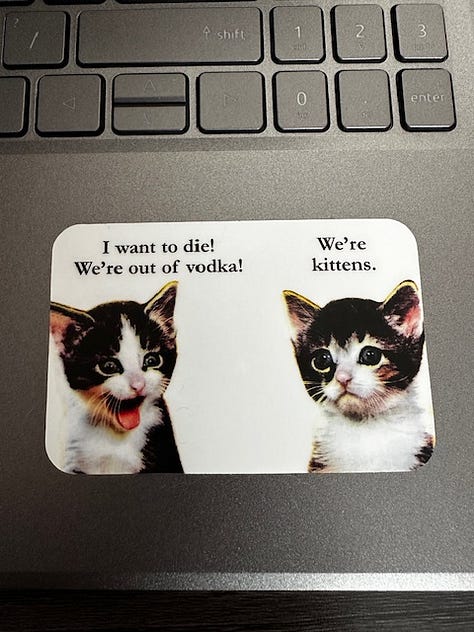

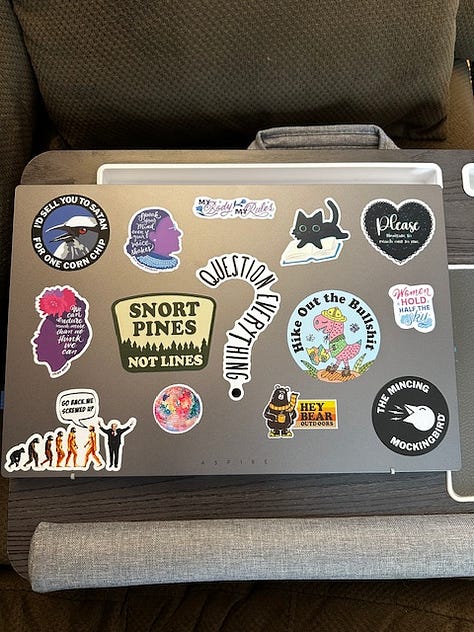
🧗🏽♀️ Before the joy: are you having trouble persevering through our current events? (Same, sis…same). Check out this helpful page from the University of Illinois - Chicago Counseling Center for tips on how to get through.
🏳️🌈 Marriage equality reaches Thailand: Same-sex couples there share their joy.
📖 Memoir alert: here’s mention of
again, who writes the Substack ! Well, her memoir Unfixed: A Memoir of Family, Mystery, and the Currents That Carry You Home is due out in October of this year and I for one cannot wait to hold this beauty in my hands. Kim is one of my favorite writers on the ‘stack; her words never fail to make me really feel. Go to this post of hers to sign up for all the news on its impending release.🤯 Are you watching the new season of Severance? I am obsessed with this show. It is so creative, so well-acted, such a mindfuck, such a commentary on anomie of the worker and how society views work/life ‘balance’. Also, this caught my eye: Christopher Walken (one of the show’s stars) Receives ‘Severance’ DVDs Because He ‘Can’t’ Stream It. He may be a technological luddite, but the man can still ACT.
🪖 Woman the Hunter (and soldier): check out
’s EXCELLENT post detailing key physical differences between folks assigned female at birth (AFAB) and folks assigned male at birth (AMAB), and why these differences should not only be acknowledged by medical research, physicians, and policy makers but utilized to society’s advantage by our military.🤦🏻 Buffoon of the week: in a week chock full of buffoonery, this guy takes the cake: Mississippi state senator Bradford Blackmon, who is pushing a bill that asserts that contraception begins at erection, which would make it illegal to ‘discharge genetic material without the intent to fertilize an embryo’ (a.k.a. jerking off). Did he mean to say ‘conception begins at erection’? Hard to tell because: SO MUCH IDIOCY HERE. Here’s a quote by Blackmon: “All across the country, especially here in Mississippi, the vast majority of bills relating to contraception and/or abortion focus on the woman’s role when men are fifty percent of the equation.” SO TRUE, Brad! And yet…and yet…who in their right mind thinks that taking away penis-having people's rights to rub one out somehow now equates to reproductive justice for all?? My head…it hurts, y’all.
🏆 Winners of the week: When would a January 6th insurrectionist ever be considered a WINNER? Whey they turn down a Trump pardon because they acknowledge that what they did that day was a crime and that they deserved to be held accountable. Pamela Hemphill is our winner this week. Good on you, Pam. Thanks for restoring a small fraction of our faith in humanity.
🐈⬛ 💩 And finally, it’s this week’s Cat Dump. Fireplace protests/sit-ins edition.
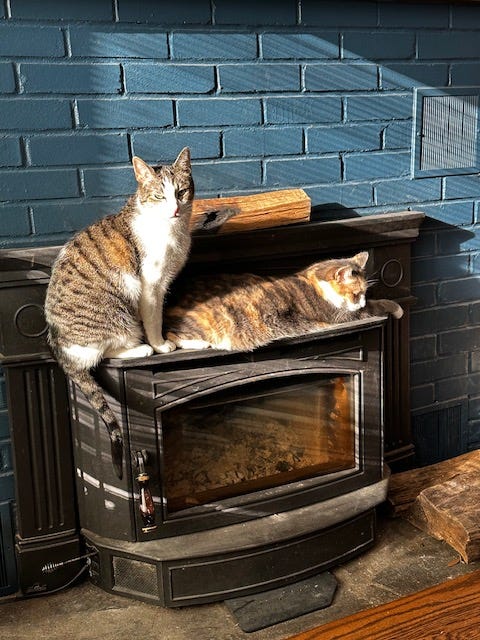




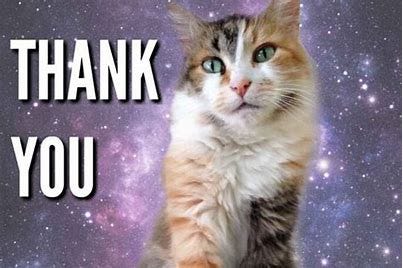
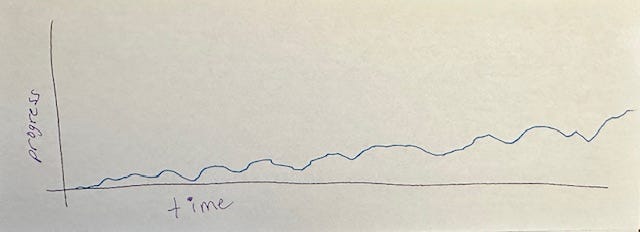



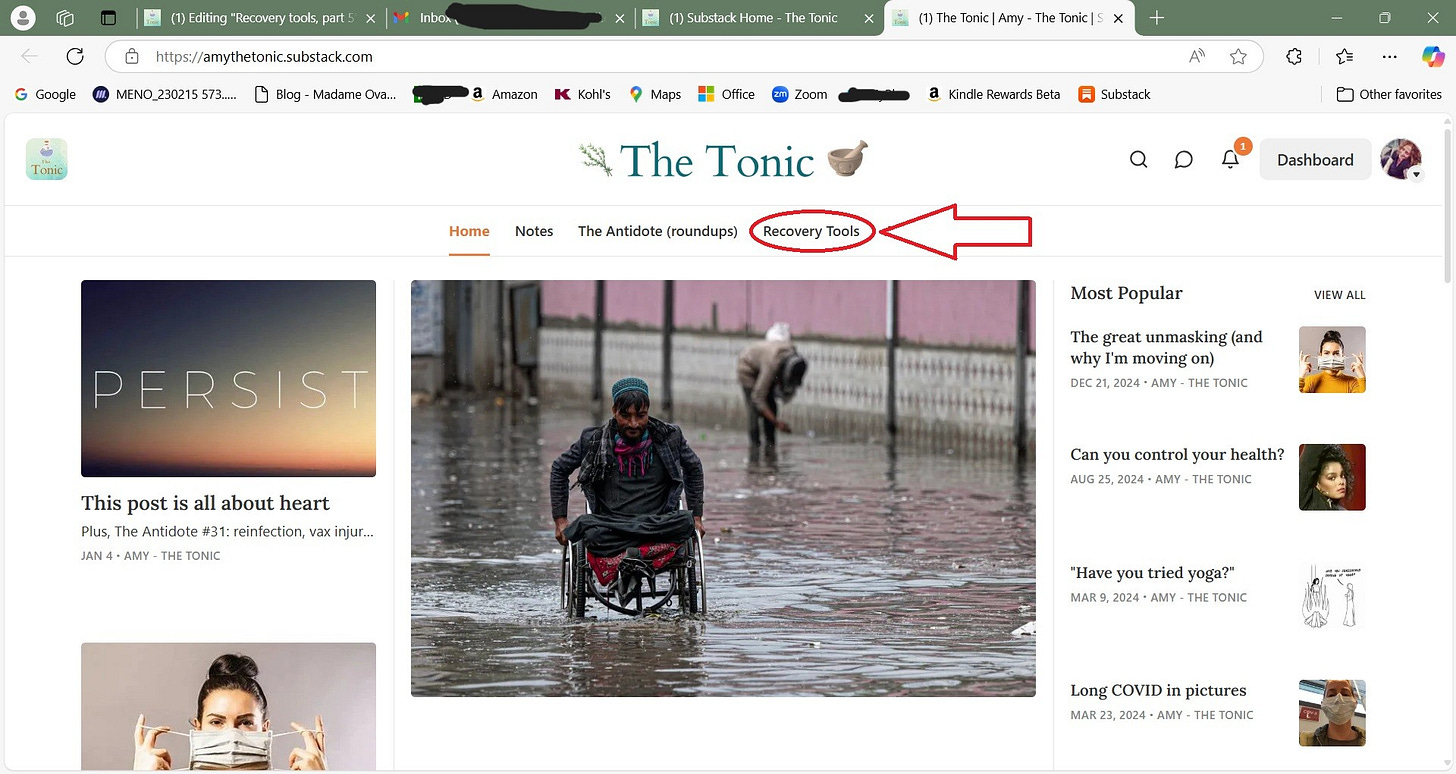








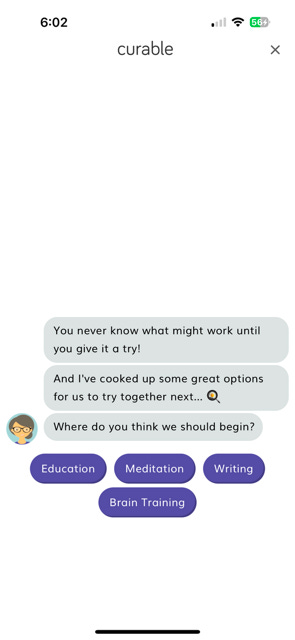
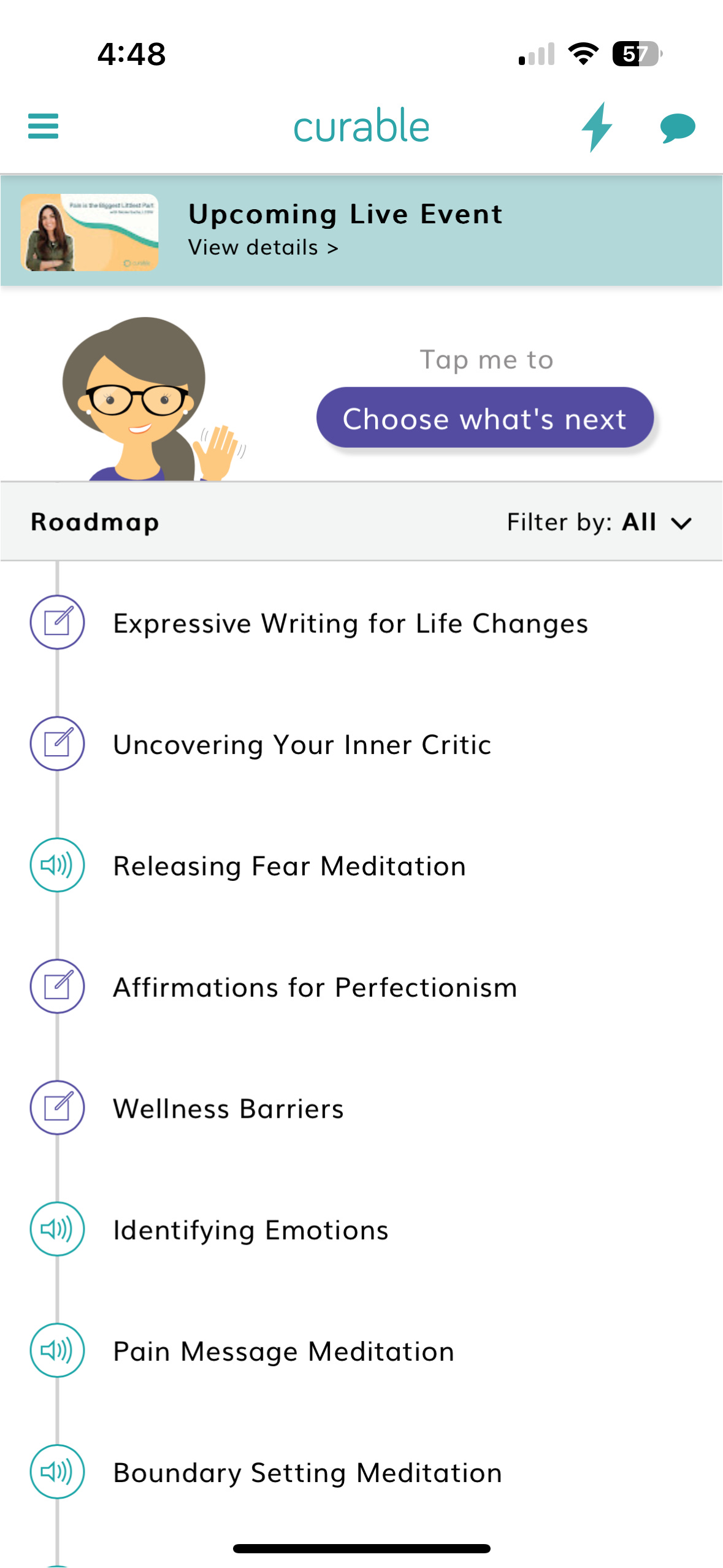








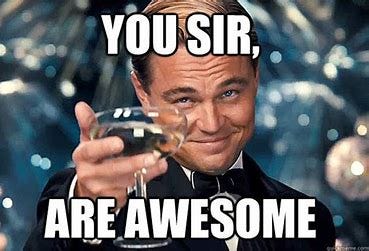




Amy! Reading your newsletter never fails to a) leave me feeling comforted and less alone with the ebbs & flows of long-term illness and/or b) put a name to a thing I’ve experienced but didn’t know there was a name for. Yesterday it was both. Peripheral neuropathy, huh? Finally a word for those sensations — which used to make me panic, but like you I’ve learned to take a step back and simply observe what’s happening in my body and what information it might be communicating about what it needs. Thank you as ever for another thoughtful, encouraging and resource-rich post. I look forward to trying that app, it looks really helpful.
Also, I know exactly what you mean about wearables!! But I recently started using the Oura ring and so far (4 weeks in) it’s been completely different to all the others (even, counterintuitively, Visible) in its emphasis on rest and finding a balance between physiological stressors & recovery time. There’s even a ‘rest mode’ which I activate whenever my symptoms are flaring, or if I’ve being doing more than usual. It’s NOT cheap and it’s still early days for me so will let you know if my assessment of it changes, but so far I’ve been pretty impressed by the app’s ability to meet me where *I’m* at rather than wherever it thinks I should be (10,000 steps, less exertion zone alerts etc) in non-judgmental and gently encouraging language.
And I’m so pleased to hear your migraines have been affecting you less — that must be a huge relief.
Thanks for another round up of info and resources, and for sharing the piece from TIME! I hope it’s helpful anyone experiencing medical gaslighting!